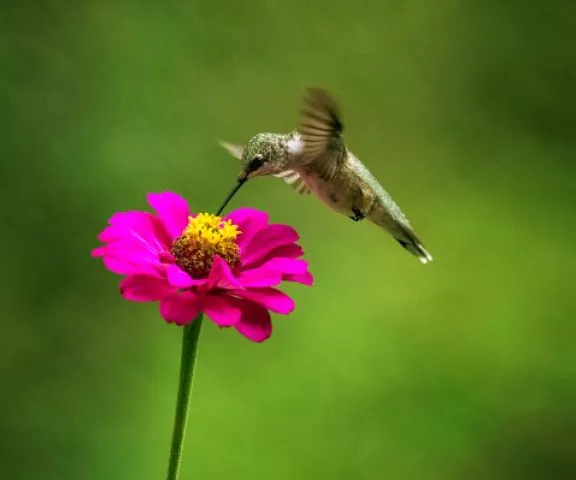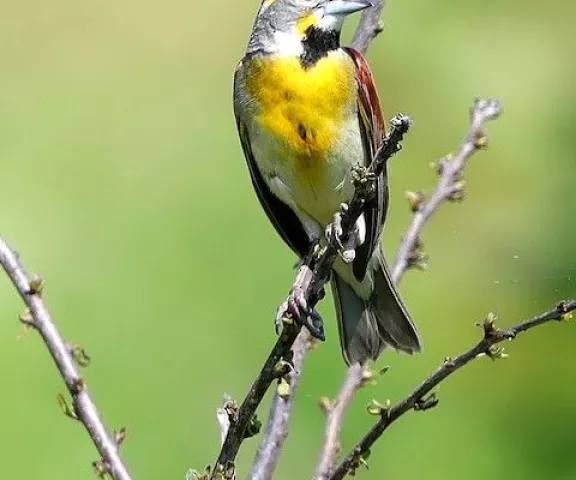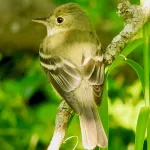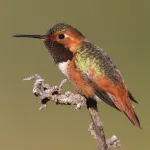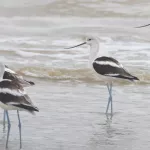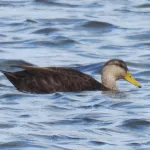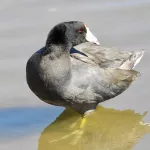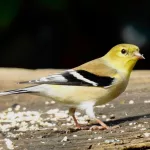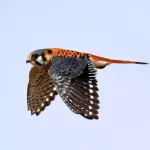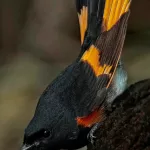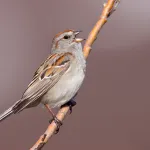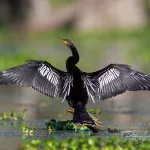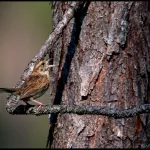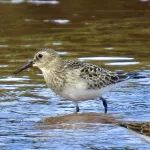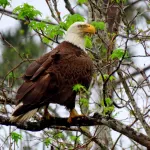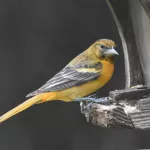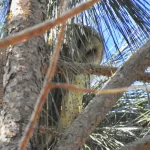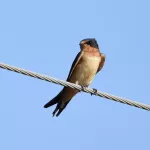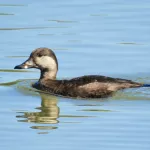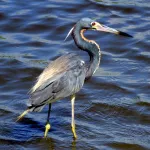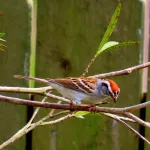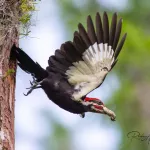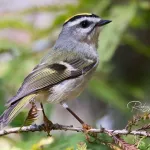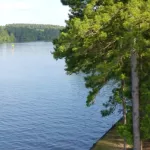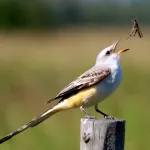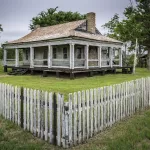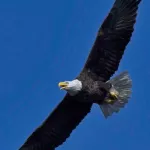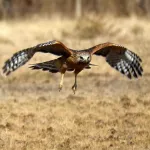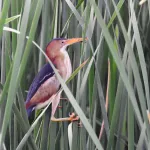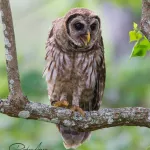Red River National Wildlife Refuge
The Red River National Wildlife Refuge stretches 120 miles along the Red River, from Colfax north to the Louisiana-Arkansas border. The refuge has four units: Headquarters (Bossier Parish), Bayou Pierre Floodplain (Red River and Desoto Parishes), Spanish Lake Lowlands (Natchitoches Parish), and Lower Cane River (Natchitoches Parish).
The birding is excellent year-round throughout most of the refuge, particularly along the waterways such as Bayou Pierre, Lake Caroline (at the refuge headquarters unit), and the Red River itself. With 1524 checklists completed, 244 species have been observed.
The refuge is a critical stopover point for over 200 species of migratory songbirds and shorebirds and provides wintering grounds for waterfowl and wading birds. The refuge forests are dominated by upland and bottomland hardwood habitats, which annually host various migrant, nesting, and wintering flycatchers, vireos, thrushes, warblers, and other songbirds.
Meanwhile, pockets of cypress-tupelo swamp attract wading birds along with Wood Duck, Black-bellied Whistling Duck, Pileated Woodpecker, and Prothonotary Warbler, among others. Early spring, late fall, and winter are the best times for viewing waterfowl.
Late spring and summer are great for wading birds, while woodland songbirds are plentiful throughout the year. Spring and summer neotropical species are replaced by a healthy contingent of thrushes, warblers, sparrows, and field birds during the fall and winter months. Winter is the time to look for Smith’s Longspur and Harris’s Sparrow. Aside from birding, visitors may enjoy hiking, paddling, photography, hunting, and fishing here.
